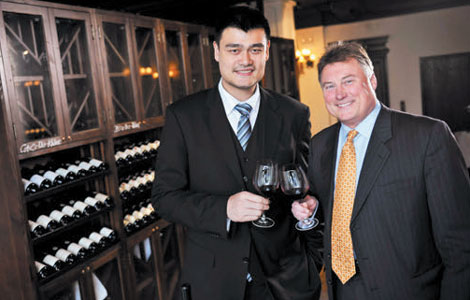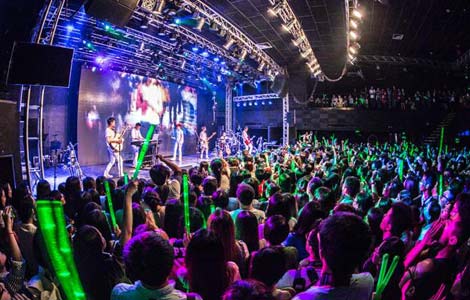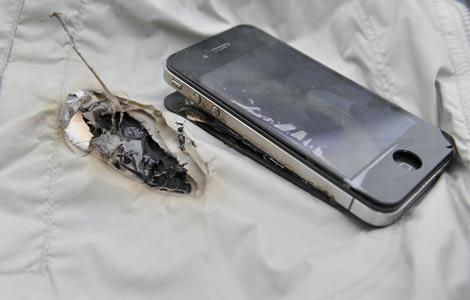Getting to the point
Updated: 2013-09-13 11:15
By Cai Chunying (China Daily)
|
||||||||
NIH conclusion
Acupuncture's efficacy in treating illness also gradually gained attention from the research world. In 1997, the National Institutes of Health issued a consensus statement after holding a three-day conference examining then state-of-art research on acupuncture.
The conclusion stated that "there is sufficient evidence of acupuncture's value to expand its use into conventional medicine" and acupuncture can be used as "an adjunct treatment or an acceptable alternative or be included in a comprehensive management program" in a good range of health conditions, including postoperative and chemotherapy nausea, stroke rehabilitation, headache, menstrual cramps, osteoarthritis, low back pain, asthma and others.
One year after the recognition, the National Institutes of Health established the National Center for Alternative and Complimentary Medicine, where acupuncture is included as a major category and has become one of the most researched medical procedures there.
Research to prove acupuncture's effectiveness, however, is still in its early stage in the US, according to John Reeds, a physician in family medicine with training in acupuncture and co-founder of the American Academy of Medical Acupuncture, the professional organization for medical doctors who use acupuncture in their practice.
"Most of the research done in the US so far is to demonstrate the efficacy of acupuncture to show it is not a placebo effect. We need to do more research on whether patients receiving acupuncture have better outcome or cost less than an usual or comparable procedure," said Reeds who also teaches at the University of Maryland School of Medicine, a leading institute in acupuncture research.
According to the American Association of Acupuncture and Oriental Medicine, there are about 32,000 acupuncturists and 8,000 acupuncture students in the US. California leads the nation with more than 10,000 practitioners and Florida follows with more than 2,000. New York, Washington, Colorado and Texas have more than 1,000 acupuncturists each.
As a 2008 national survey conducted by the National Certification Commission for Acupuncture and Oriental Medicine (NCCAOM) shows, 72 percent of practitioners are White, 22 percent Asian, 70 percent female and 88 percent are self-employed or in solo practice.
Acupuncture's rise
Americans' use of acupuncture has been on the rise in recent decades. According to the 2007 National Health Interview Survey (NHIS), an annual project administrated by US Center for Disease Control and Prevention, an estimated 14 million Americans have used acupuncture and 3.1 million adults and 150,000 children had received the treatment in the previous year.
Sherman Cohn, a law professor at Georgetown University, is among the earlier users of acupuncture in the US.
In 1977, Cohn's specialist medical doctor told him he needed to take aspirin for more than eight weeks to treat his tendonitis and that the symptoms may not go away. Cohn turned to acupuncture and after three sessions, the discomfort was gone and has not returned.
Cohn said he was mesmerized by acupuncture's healing power and has since incorporated it into his healthcare planning, visiting the same acupuncturist for the next 35 years. He also became an activist for the profession, having led or served on the board of many national organizations in acupuncture, including being the president of the National Acupuncture Foundation.
When lymphoma struck him in 2003, acupuncture was complementary to his conventional Western medicine. "I've never had nausea after chemotherapy, therefore never missed a class. I'm driving myself quite hard. I gave acupuncture a lot of credit for that," said Cohn, now retired and in his early 80s.
According to the 2008 NCCAOM survey, the most common reason for patients to seek acupuncture is to treat their musculoskeletal pain (40 percent), followed by reproductive system, emotional needs, digestive system disorder, headache and general wellness.
This is the case for Joshua Saul, a novice practitioner in Texas. He encounters cases that are often overwhelmingly diverse.
"I can get a patient with restless leg syndrome and right after that is a patient for infertility," said Saul whose clinic opened eight months ago.
Most Viewed
Editor's Picks
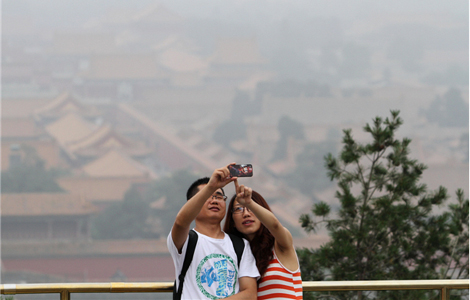
|
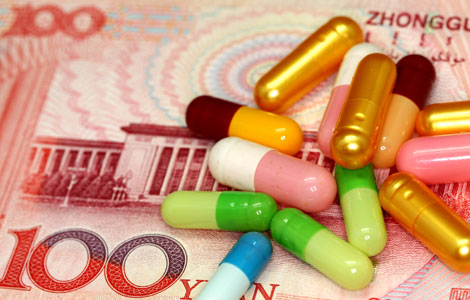
|

|
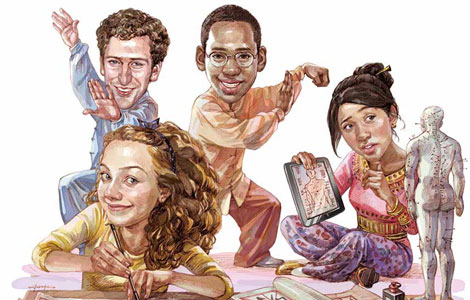
|

|

|
Today's Top News
China's ICBC set to expand in Canada
Florida college joins push for ties with China
China supports trade ties: Michigan governor
Markets hold breath over Chinese cotton policy
Economist calls for global Marshall Plan
'Green Fence' puts pressure on US recyclables
One in four men in Asia-Pacific admit to rape
WB head to discuss climate in China visit
US Weekly

|

|
